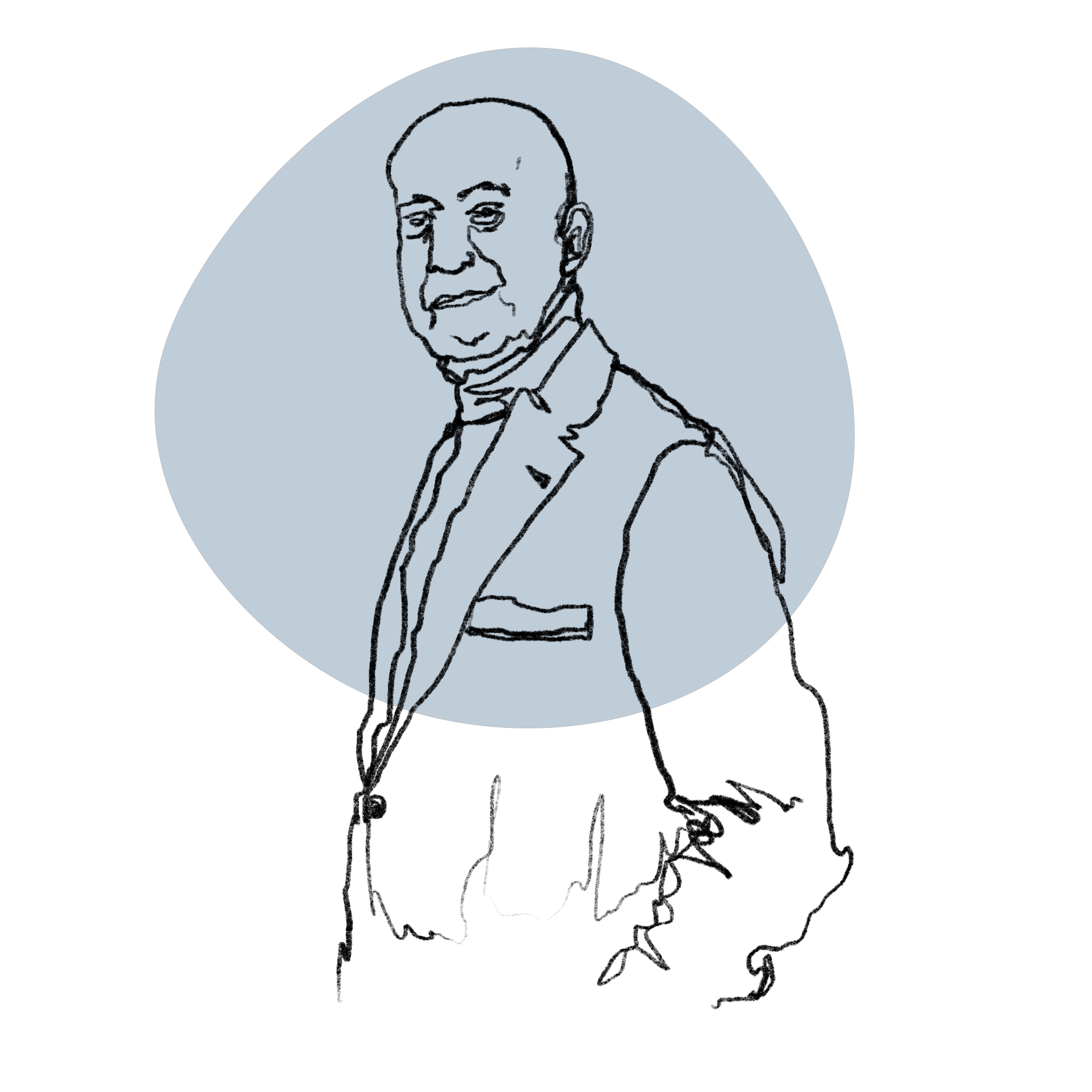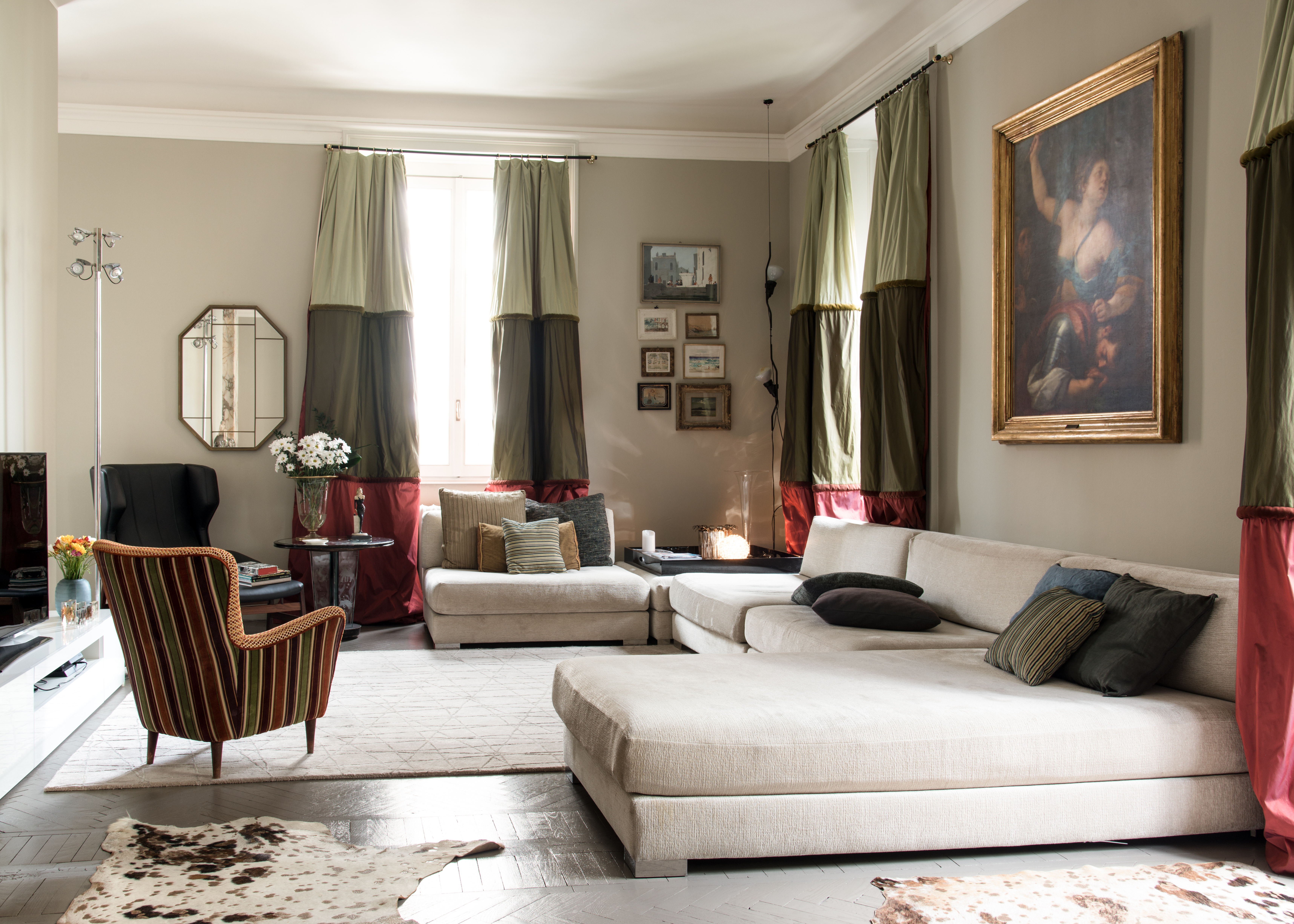Born from the volcanic mind of the Japanese architect Oki Sato (Toronto, 1977), the Nendo design studio has been one of the most productive in the world since 2002: the name borrows a word from the Japanese meaning "clay" and expresses the plastic and sculptural vocation, the idea of ductility and playfulness, with which Nendo tackles the scales of design, from interior architecture to the world of furniture, from fittings to graphics. The studio, made up of a team of about forty young designers and architects involved in the development of over two hundred projects a year, stands out for its great design freedom and ability to create simple, practical and surprising objects and furnishings. For the studio's founder, a visit to Italy, to Milan, on the occasion of the Salone del Mobile, is fundamental: a trip that marks the beginning of a series of collaborations that will link Nendo to some of the design brands made in Italy.
Even during the numerous occasions of collaboration and confrontation with different and variegated realities, the studio's approach to design remains consistent with the cardinal principles of Japanese thought: cleanliness and linearity of forms, adaptability of surfaces characterise the work of a professional with a light, fresh and essential sign, interpreter of projects with a great personality and a poetic touch. The peculiarity of the Nendo studio is precisely that of abandoning rigidity to assume a malleable and malleable form, in order to find the best organic approach to the challenges of contemporary design.
It is in the manual work developed by masters and craftsmen, as well as in the interaction between people, objects and the environment, that the work of the studio finds its main sources of inspiration and achieves valuable points of contact with the production of Italian companies: the creative synergy between Minotti and Oki Sato finds, for example, expression in the launch of the Tape collection - a family of chairs and coffee tables characterised by a light silhouette and a strong identity - and the Ring and Waves coffee tables; highly articulated projects that play with the roundness of volumes, the lightness of thicknesses and the apparent formal simplicity, highlighting the haute couture approach in the company's tailoring. Nendo's products made for Cappellini include the Drop family of double-sided bookcases, the Peg series of elements, the Koeda and Tuta coat-stands, the Ribbon stools and the Bambi table, all of which met with great success. In just a few years, objects designed by Nendo have received major international recognition.
The studio's collaboration with the great Made in Italy brands has also been very successful on other occasions, including Moroso, Oluce, Bisazza and many others, each time demonstrating elegance, refinement and a high degree of artistic and design flair.






.png)






